Dinosaur Sex on the Camino
After spending the night in a eco-lodge albergue in Cuerres, I began my walk to La Isla or Colunga, depending on availability of a bed. At this point I was walking with Anja and Radek, a handsome Czech pilgrim who started the Camino in Santander. We walked through the town of Ribadesella, which I affectionately referred to as “Budget Copenhagen.”
Ribadesella might be worth a visit on its own because of its incredibly rare prehistoric caves. Some of my fellow pilgrims showed up without a ticket and were still able to visit caves where you can see drawings that date back 33,000 years. I regret not going but all the more reason for me to circle back to the North of Spain.
While the three of us walked through the town of La Vega we spotted some really interesting murals someone had drawn on some of the buildings. For the past few days I had been walking through Asturias, an autonomous community in the North of Spain that borders Galicia, Castile and Leon, and Cantabria. Asturias is famous for the these structures called hórreos that typically stored grain. When we spotted a bar on the beach we made a quick stop for coffee and pinchos.
For nearly the entire rest of the stage we walked alongside the beach. I eventually stopped at a picnic table overlooking the ocean while Anja and Radek continued to walk. This was for the best as my preparing/eating a cheese, tomato, and avocado sandwich on a baguette was not a sight that needed any witnesses.
The public albergue in La Isla was closed indefinitely so I had to figure out another option. El Camino de Santiago is backpacker’s bootcamp. You carry all of your belongings, you sleep in a new place every single night, and you have to pack your bag every single morning. I decided to stay in a hotel in Colunga for 40€. I would have been happy to flop down on my bed and watch the newest episode of Game of Thrones, but there was one thing I had to do. I had to go see something…something even older than 30,000 year old cave drawings: I had to see the dinosaurs that fuck.
I asked the concierge to see how long it would take me to walk to the museum. She assured me it was only a couple of kilometers away and that it was free today. Even though I had already walked 25km+ This seemed doable, and I figured I could flag down a taxi at some point along the journey. Or I thought maybe I would hitchhike. Google claimed it was a 54 minute walk but Google was wrong all the time!
Google was not wrong. Not only was this museum actually 3.5 kilometers away, but it sat on top of a giant hill. I half-heartedly tried to hitchhike a couple times to people driving up the hill. It’s not something I’ve done before and I think there’s a technique to it because no one was biting.
I finally get to the top and instantly see an enormous park full of dinosaur statues.
laura-dern-standing-up-in-jeep.gif
I decided that since the museum is going to close in less than 30 minutes, I better go inside ASAP. I arrived at the front desk and the attendants informed me that the museum was not admitting anymore guests. Apparently the last guests are admitted an hour before closing. I explained to them that I walked all the way from Colunga and I would be very quick. They took pity on me and printed me a ticket. The museum was about to close so I breezed past the meticulously curated 65-million-year-old fossils to find the “Sue” of Museo Jurasico de Asturias. Two T-Rexes mating.
Well that’s one way to learn about the birds and the bees.
It did not disappoint. There were other giggling adults posing in front of the copulating dinos but there was also a school group of young children listening intently as a tour guide explained the mating T-Rexes. This was the stated explanation for their decision to position these dinosaurs in such a way. Before you ask, this was NOT how they were found.
“We can infer aspects of the behavior of dinosaurs from very diverse sources of information:
1. Skeletal remains
2. Indirect fossils and
3. From the information provided to us by their closest relatives. In this case, birds and crocodiles.
Combining the available information, we can formulate hypotheses about behavioral aspects of dinosaurs such as, in this case, the mating of a pair of tyrannosauruses.”
If this sounds to you like someone trying to justify displaying T-Rex fossils having sex…then you had the same reaction I did.
After I left the museum I took the time to document all the dinosaurs in the area. Eventually I walked back down the hill and watched that Game of Thrones episode.








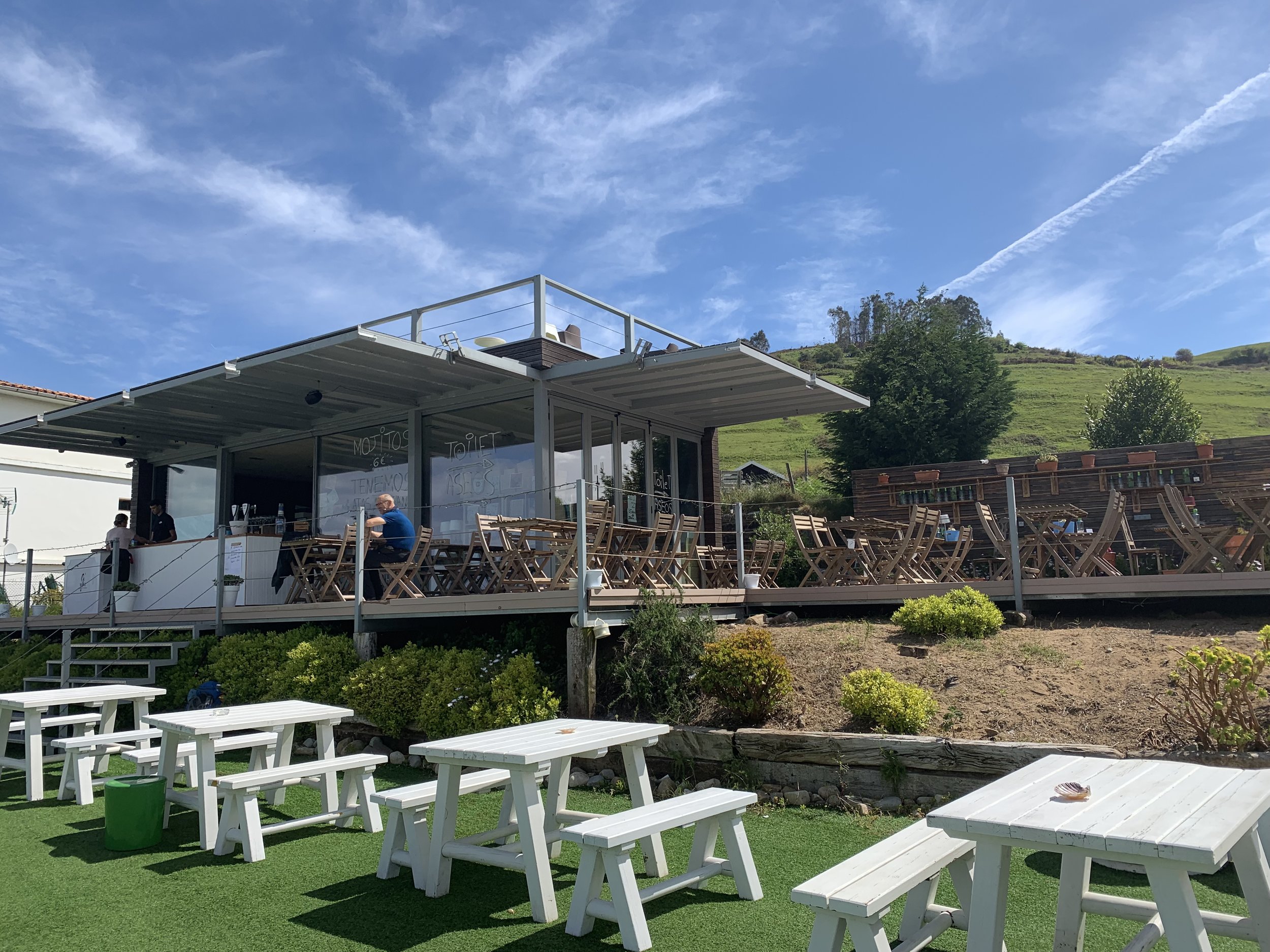












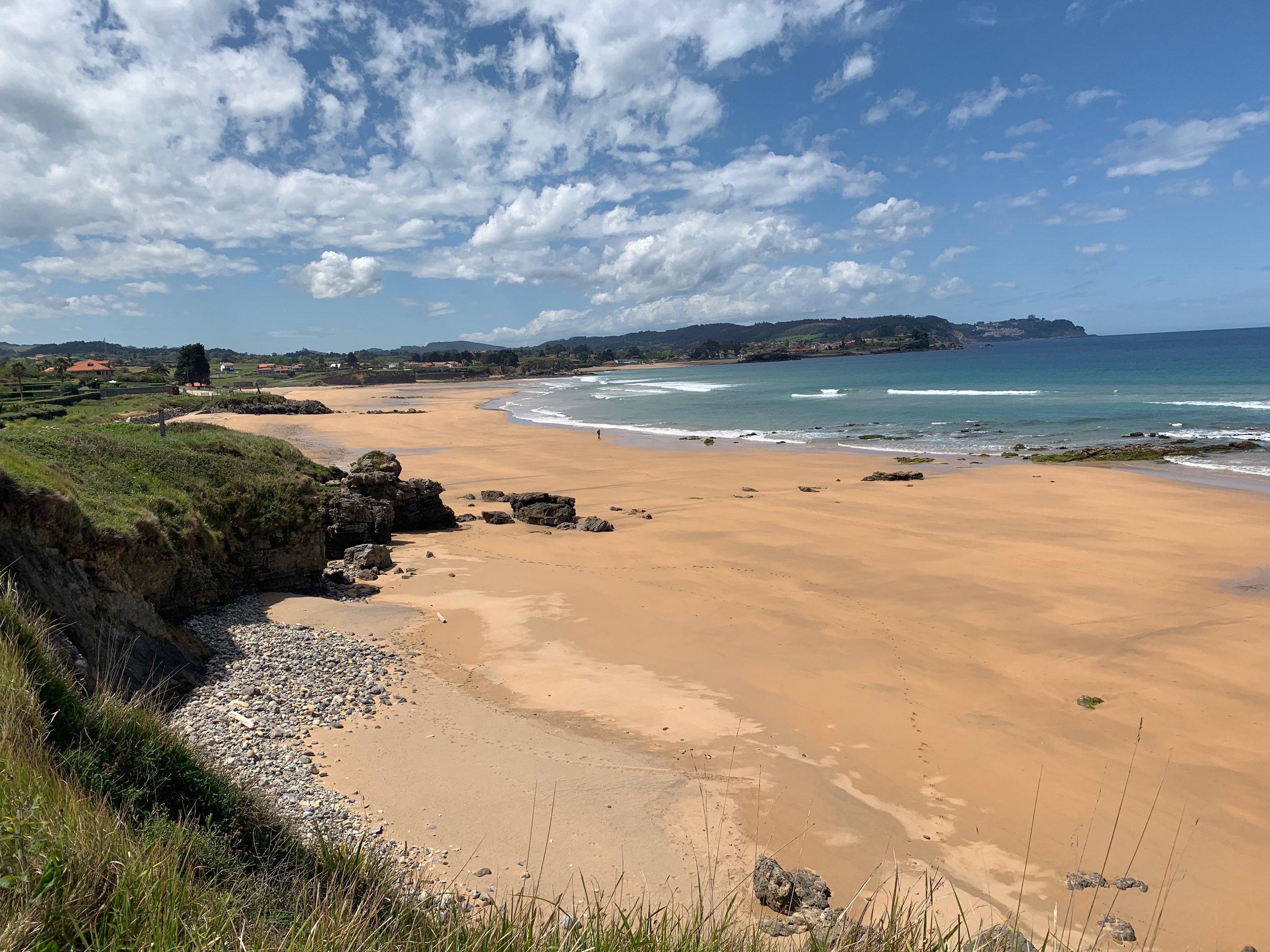


















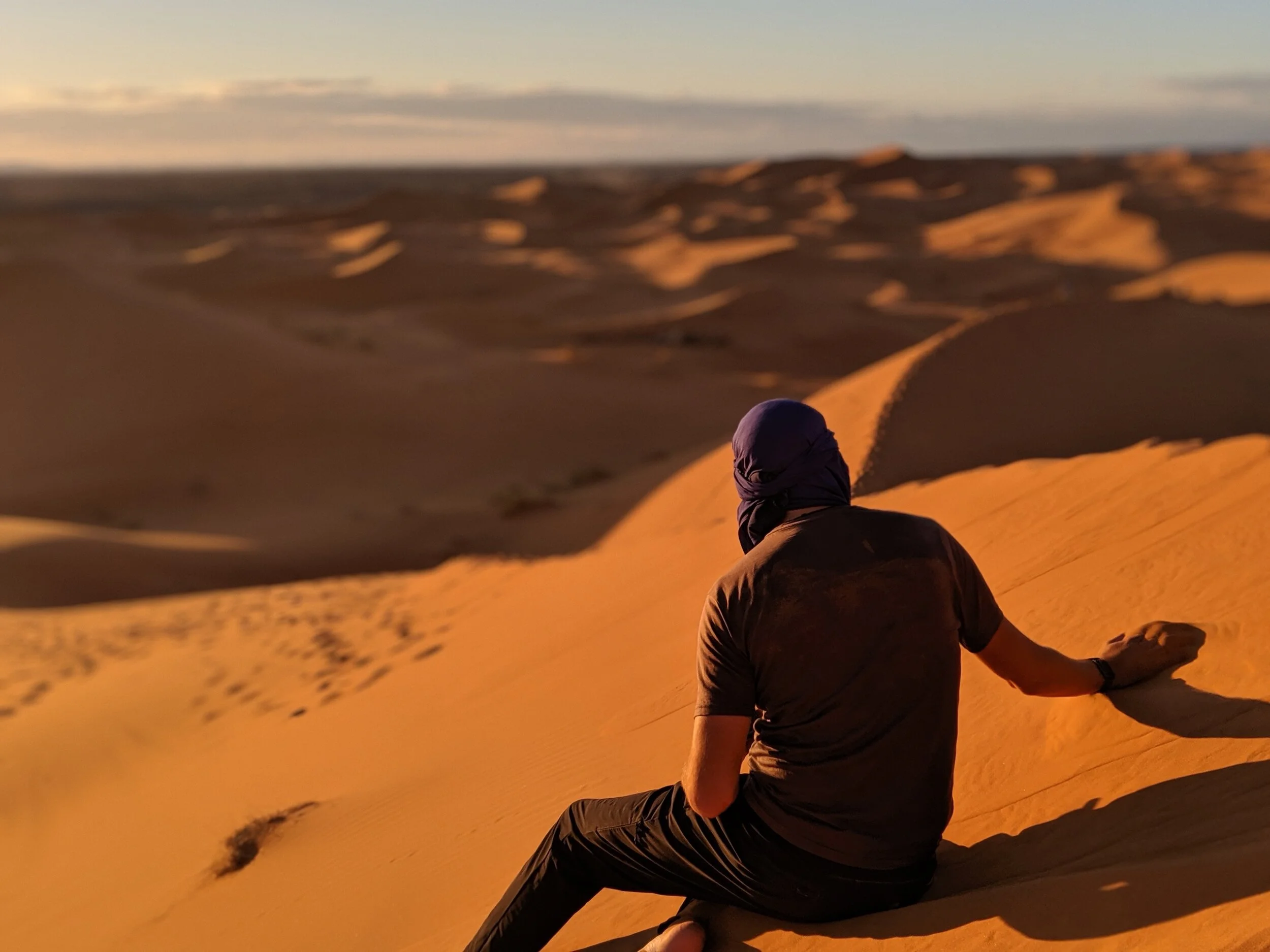

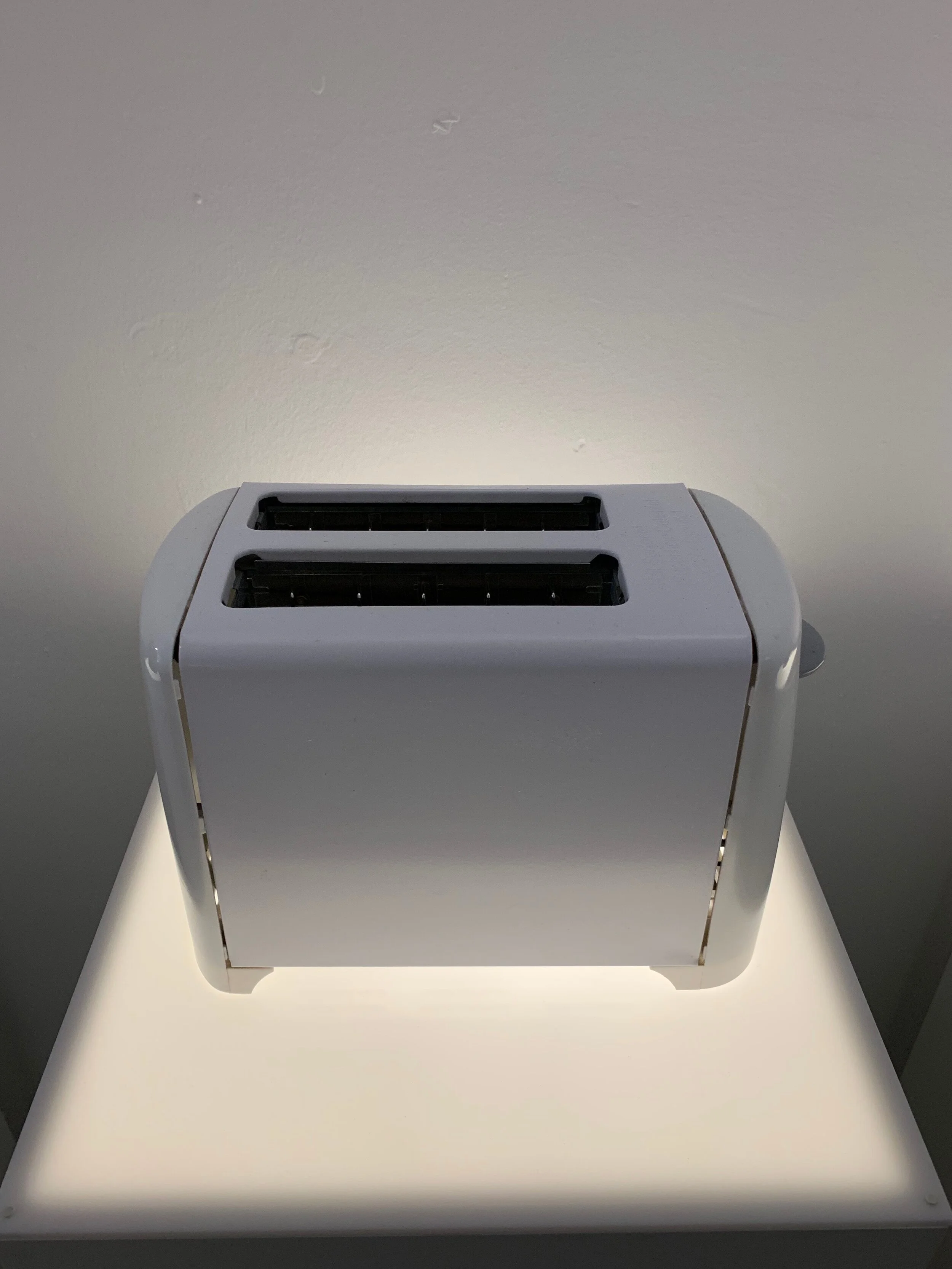

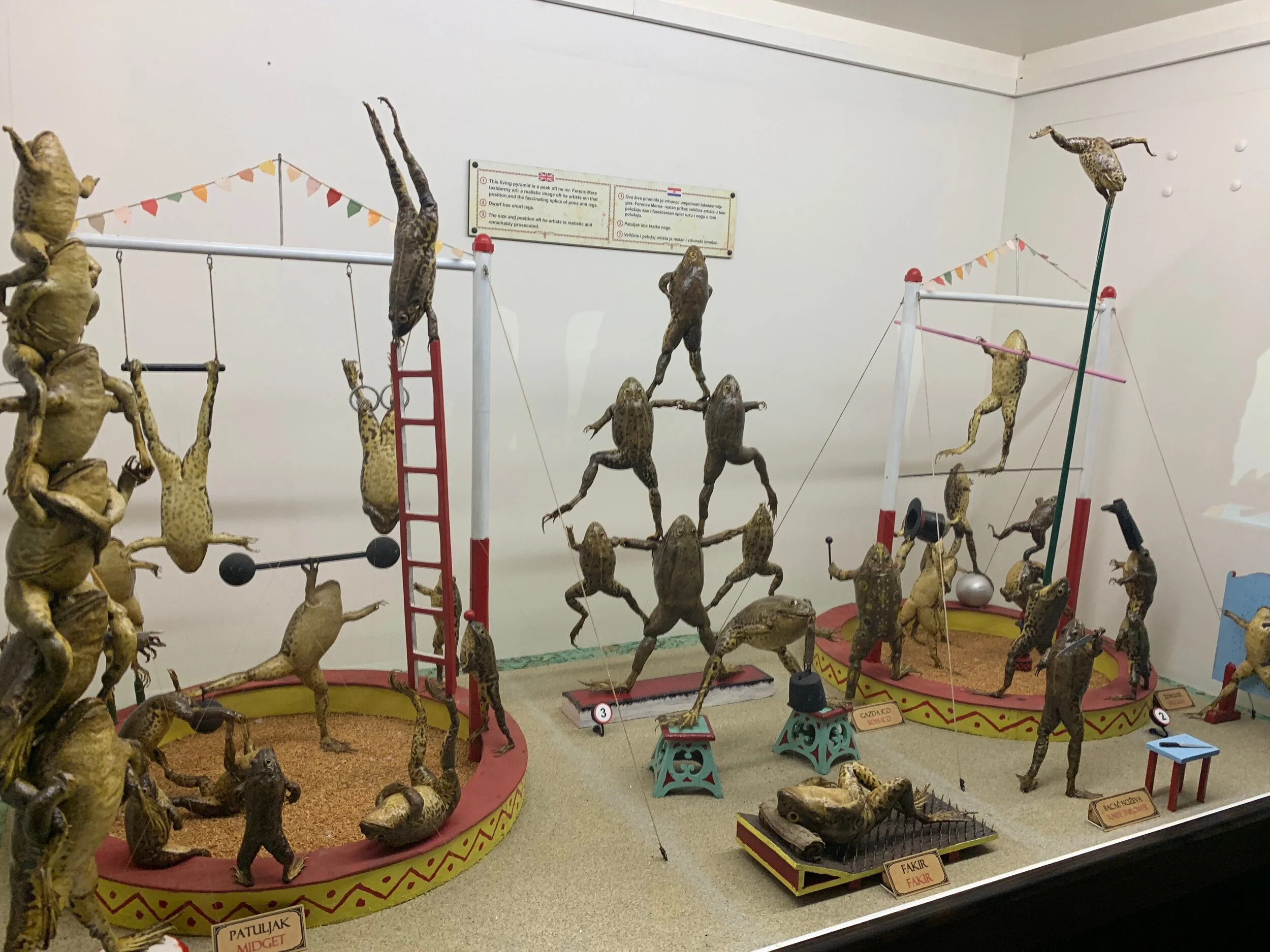
A must for history junkies